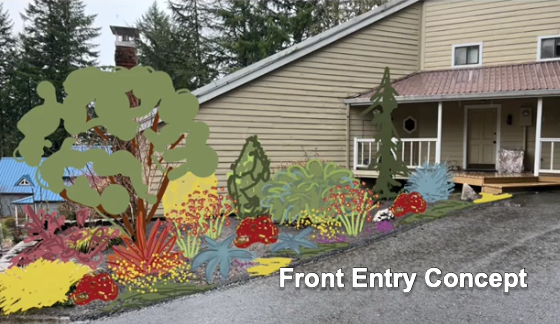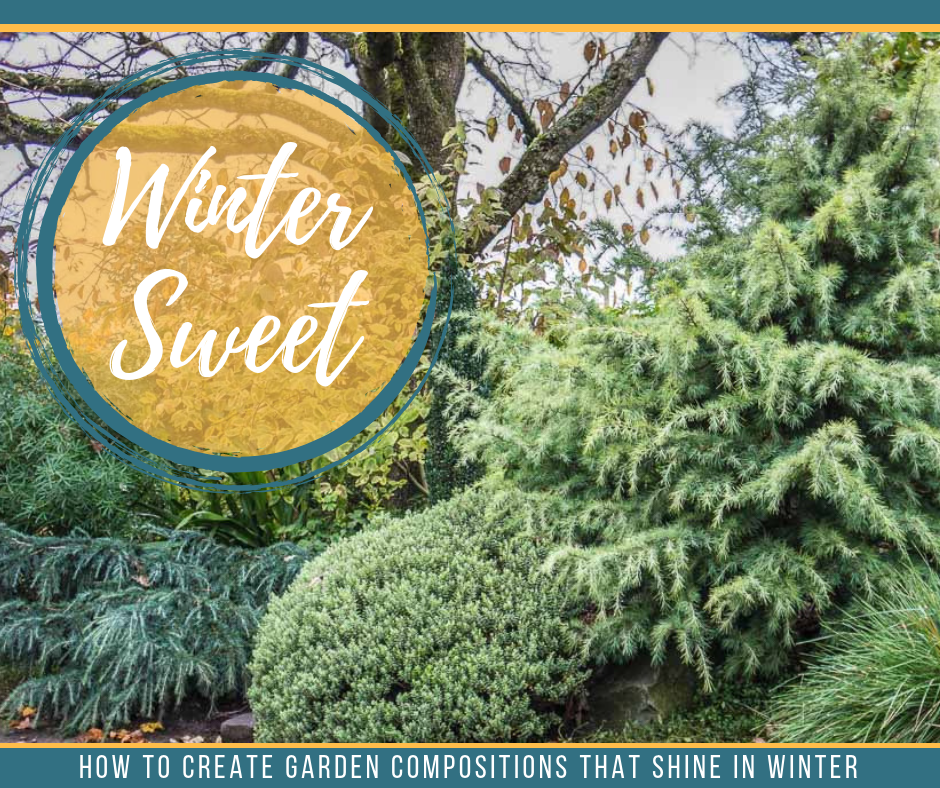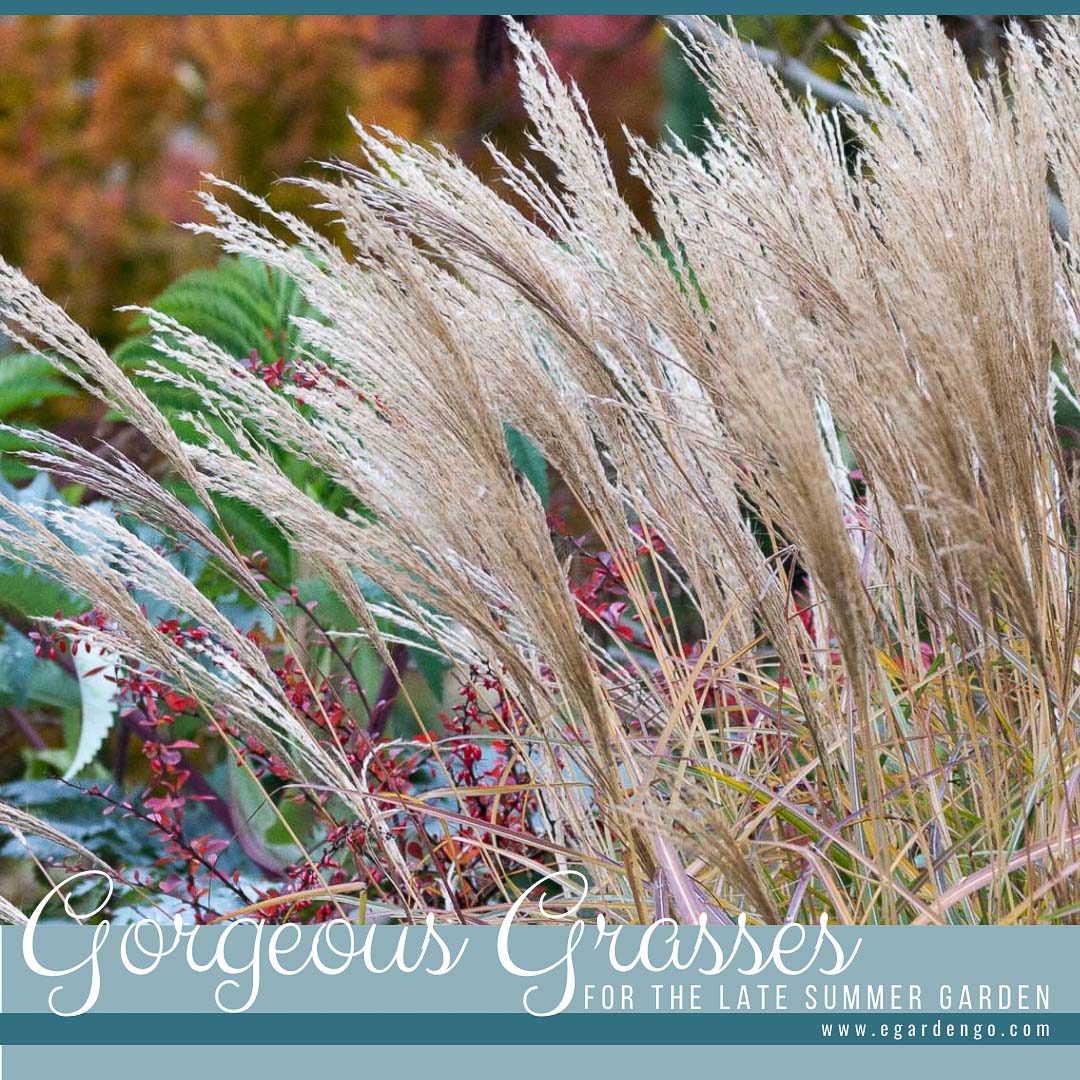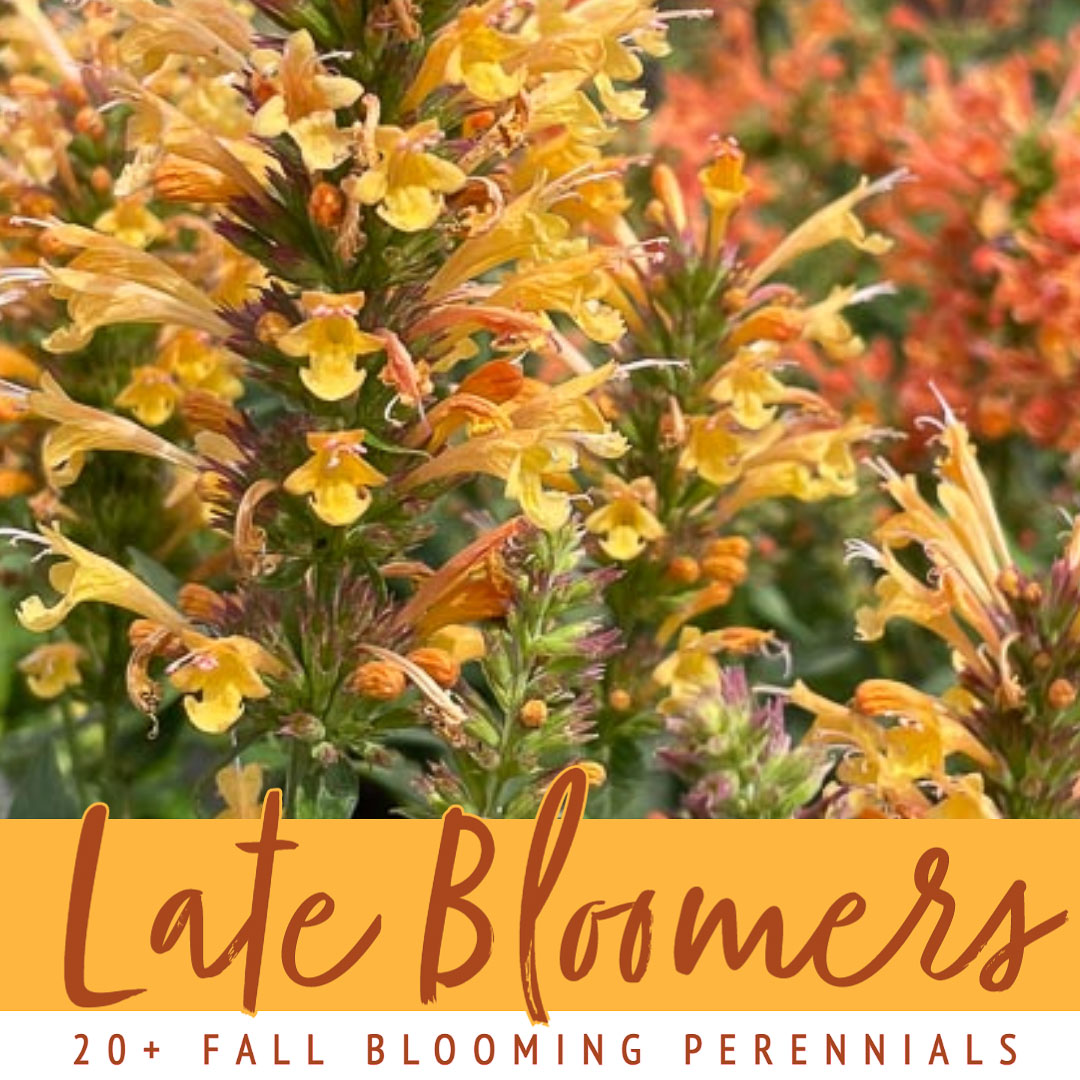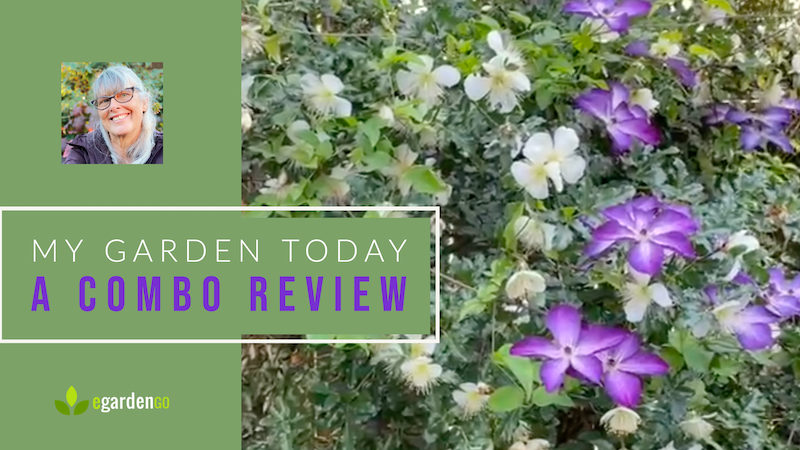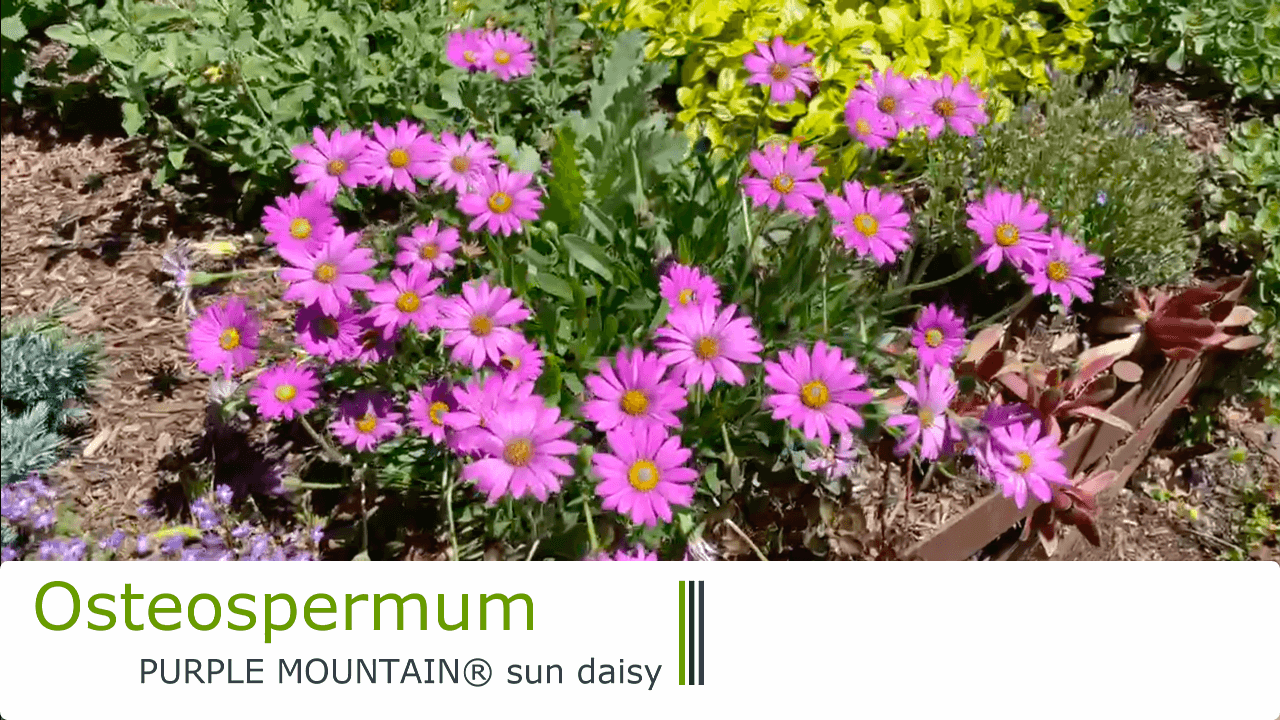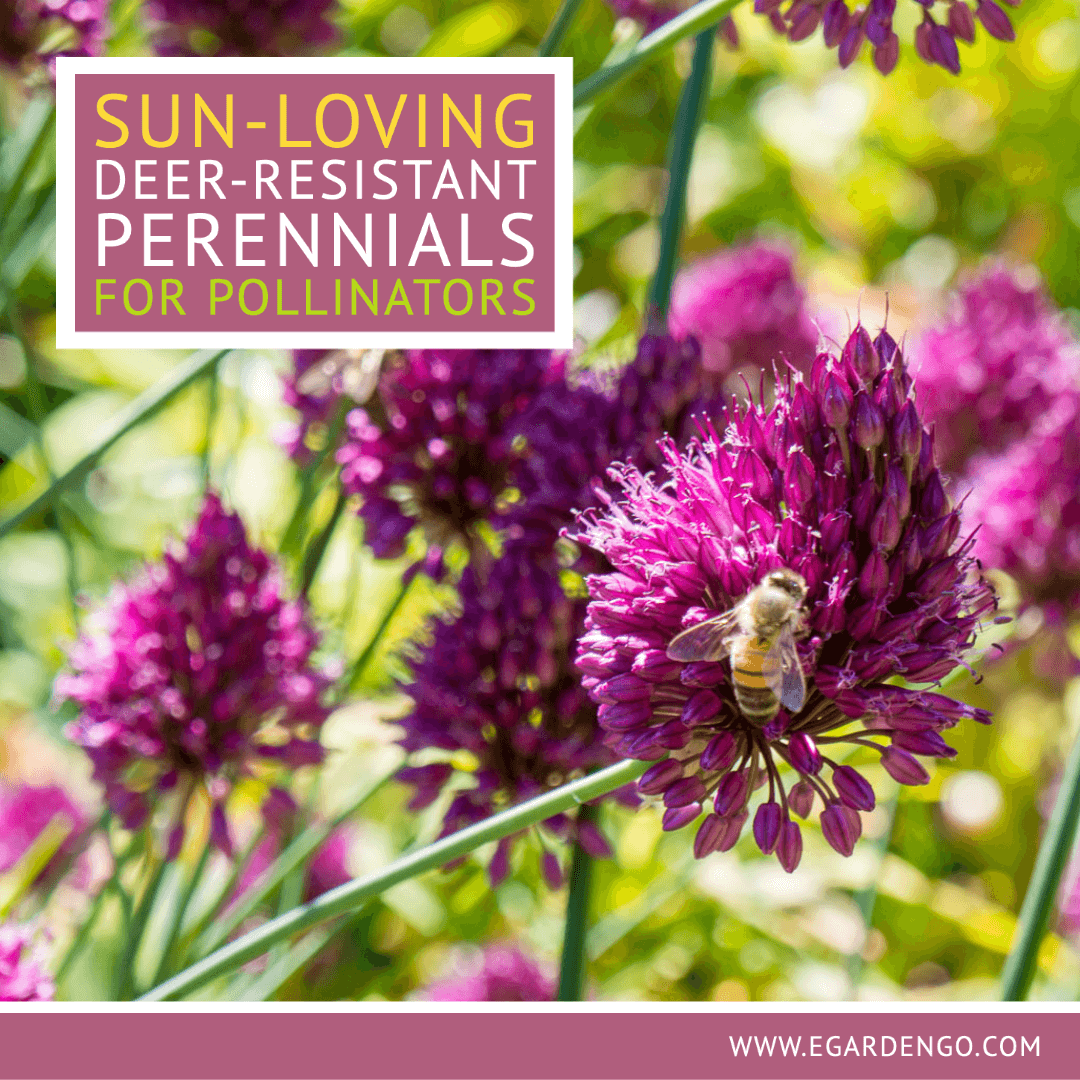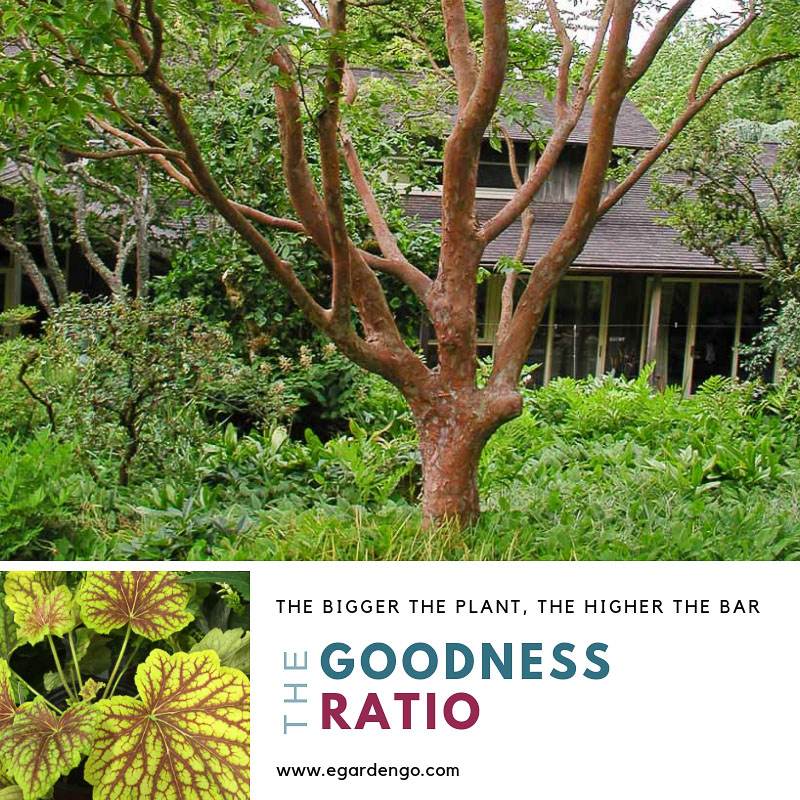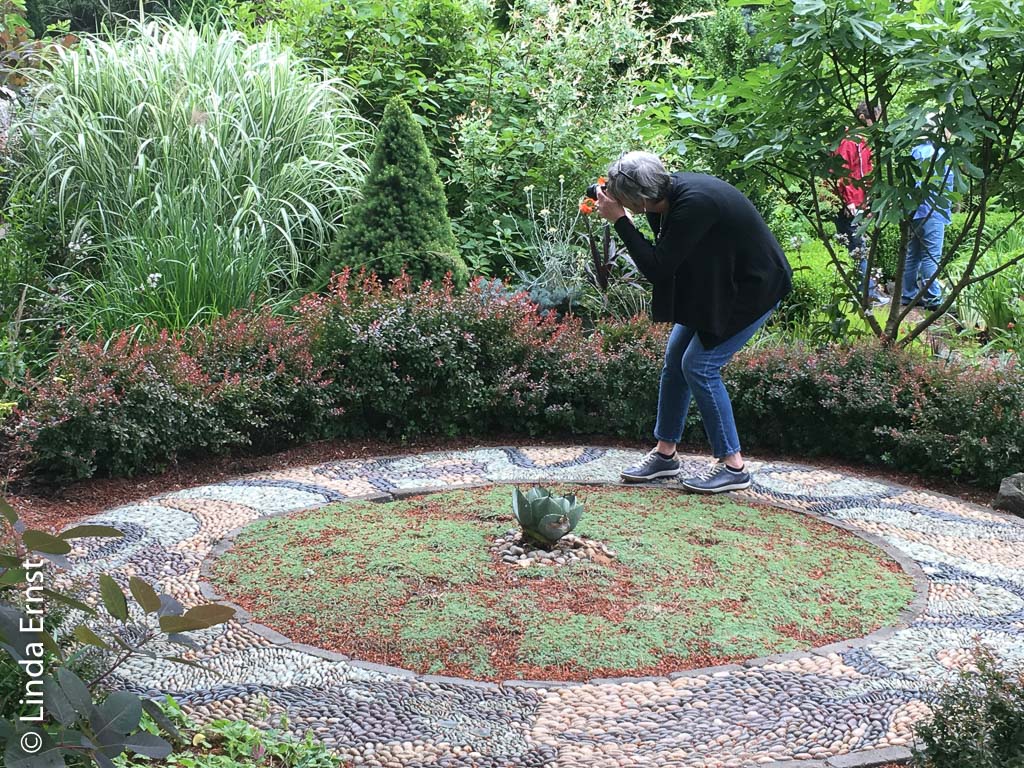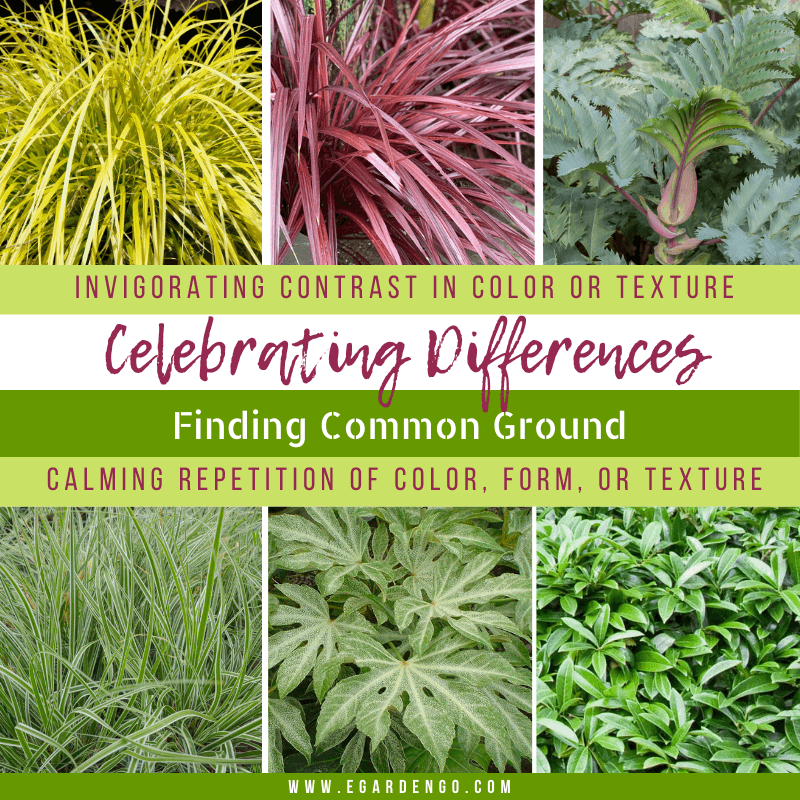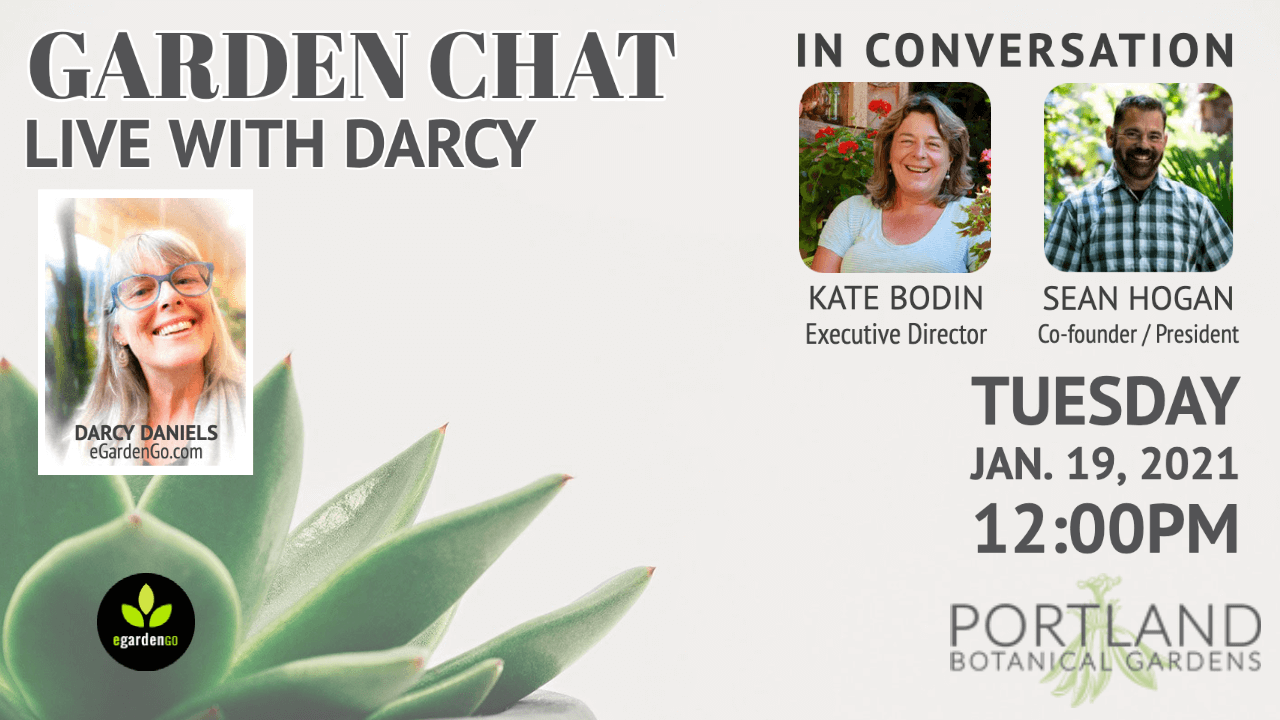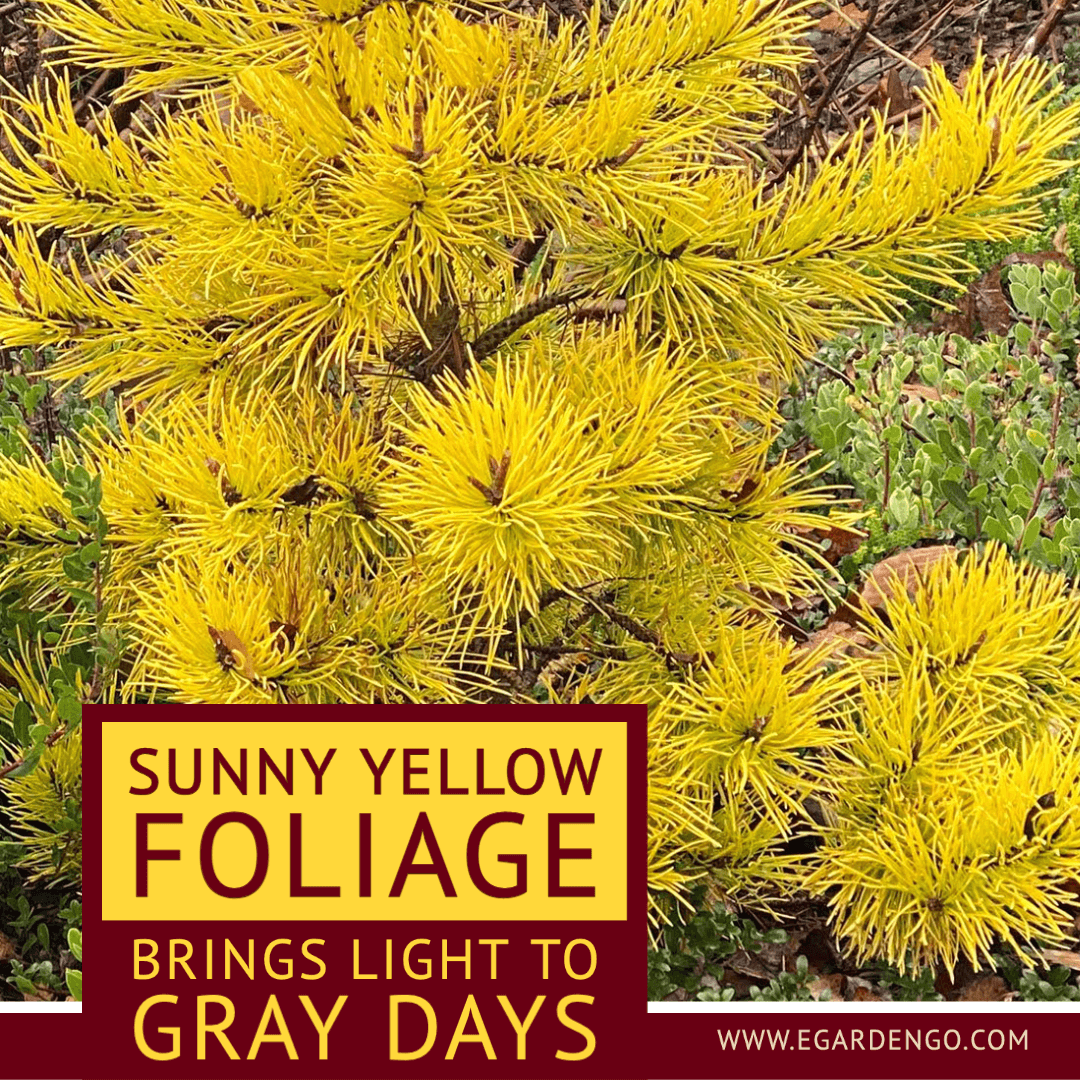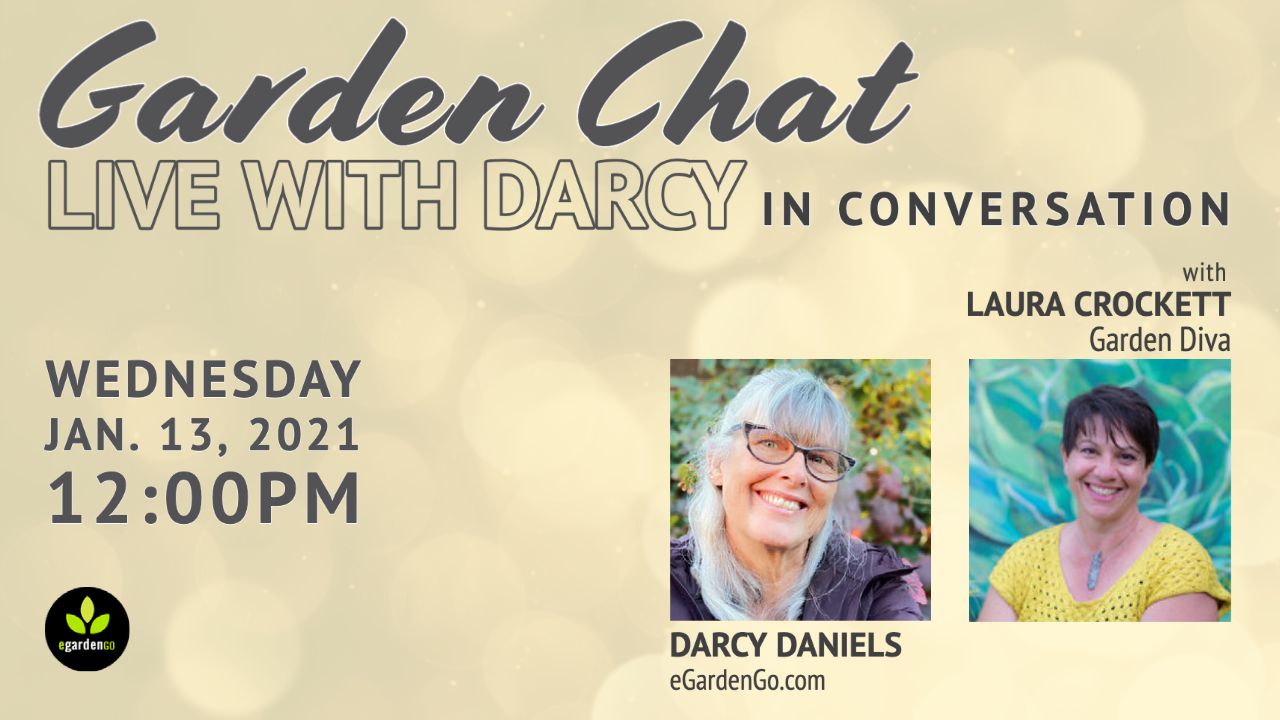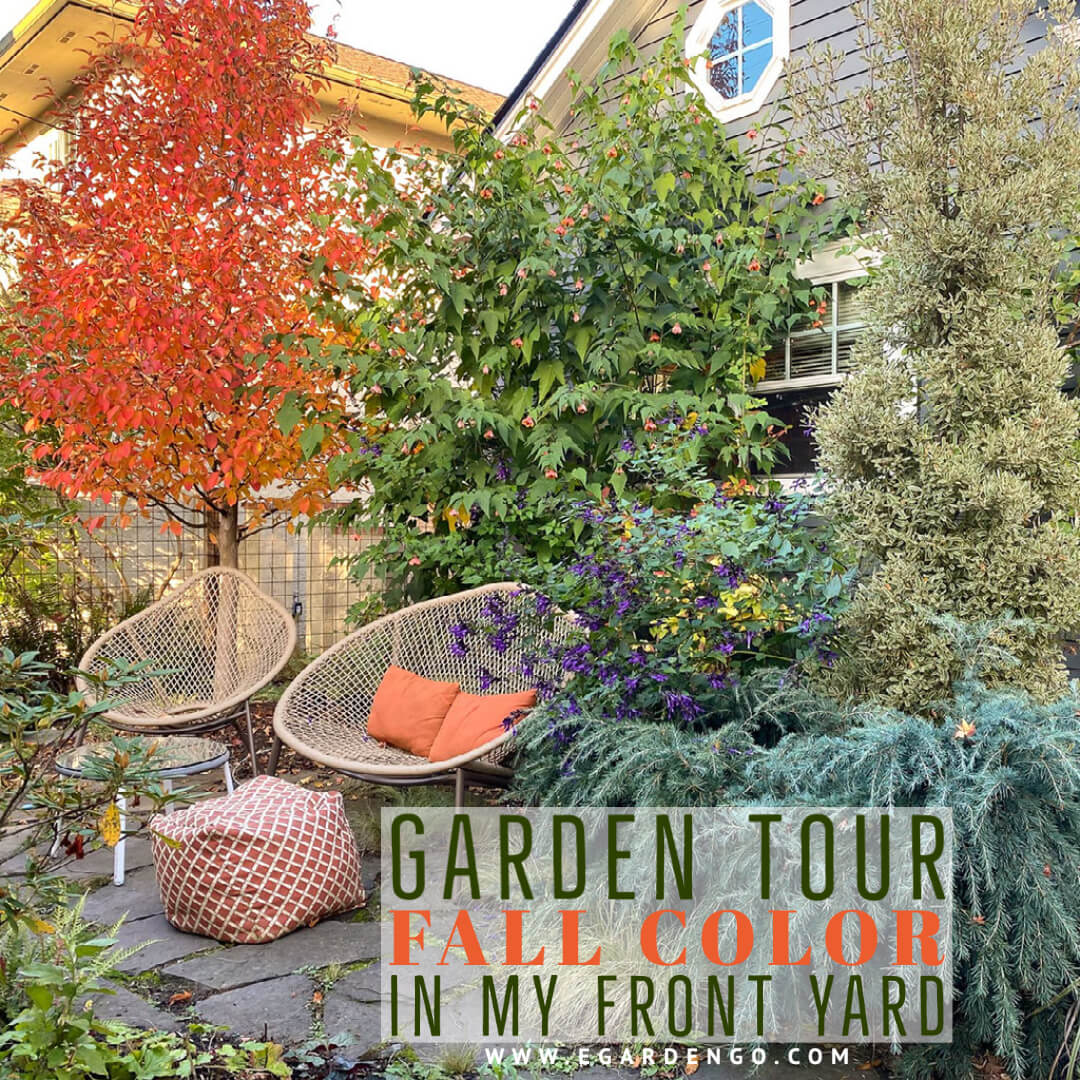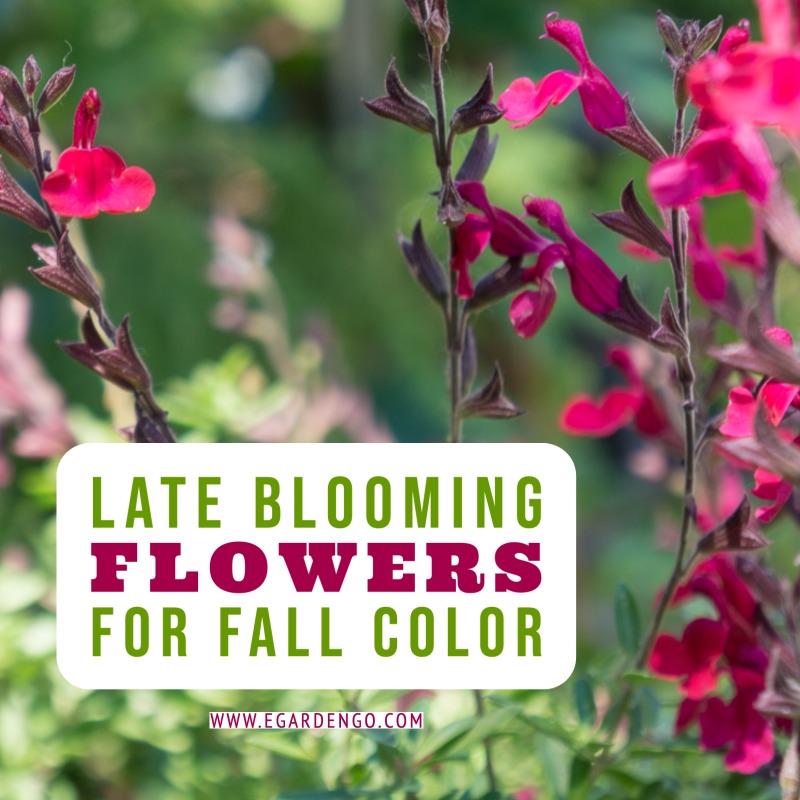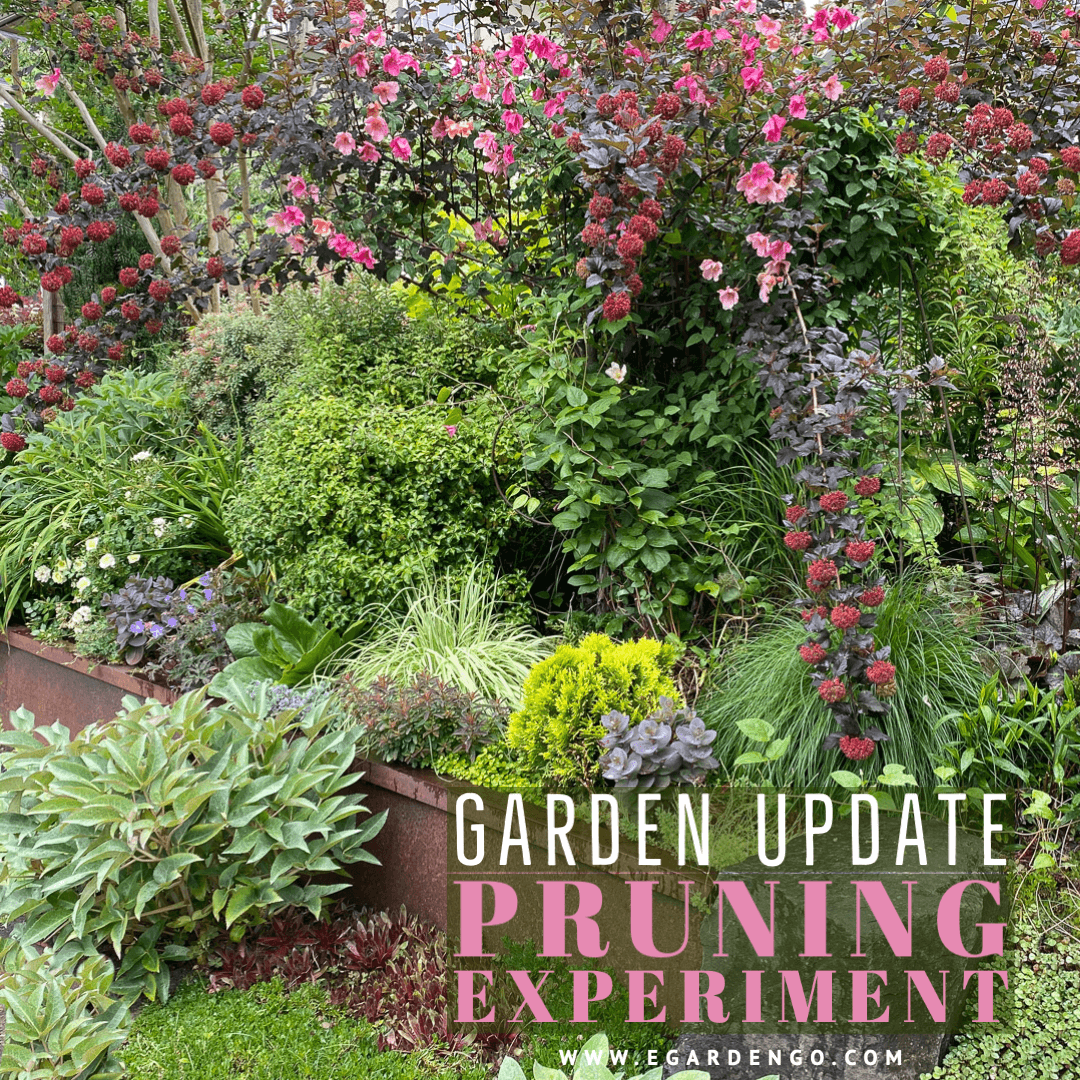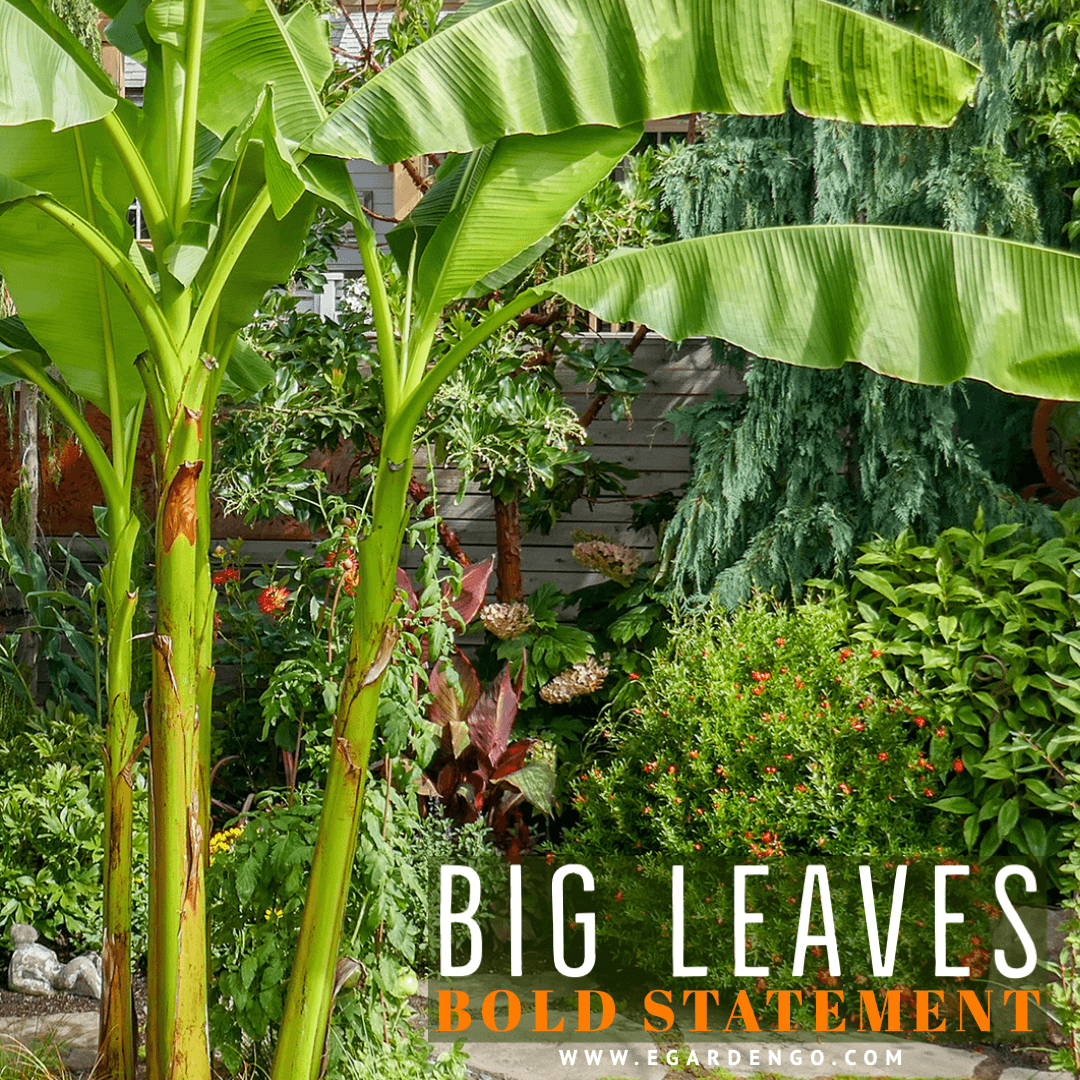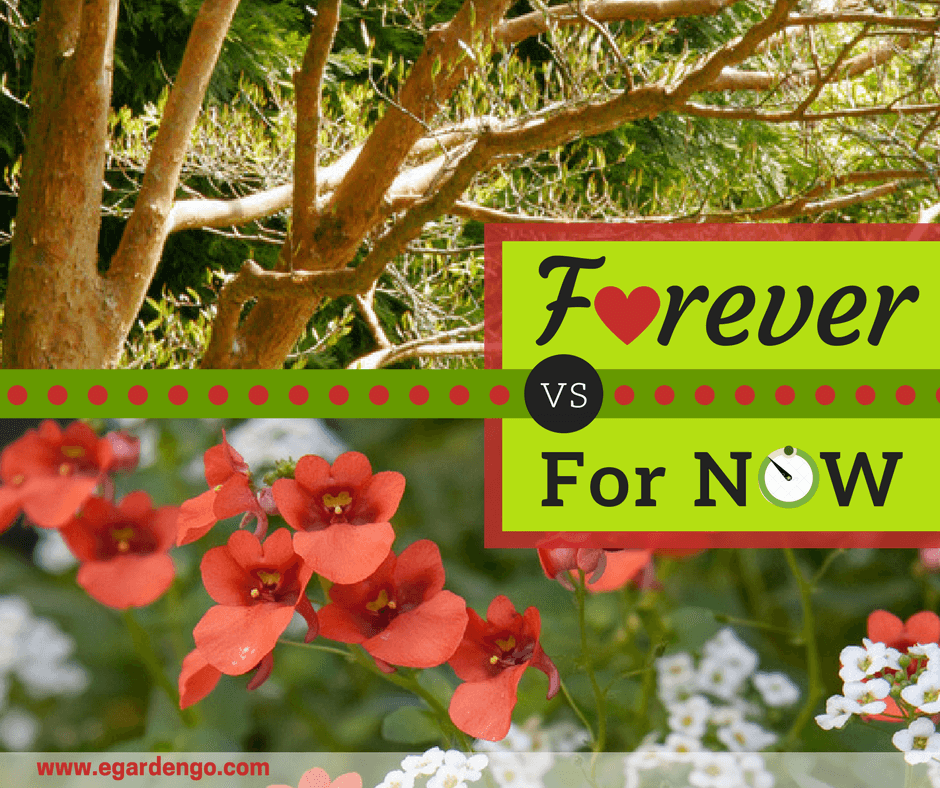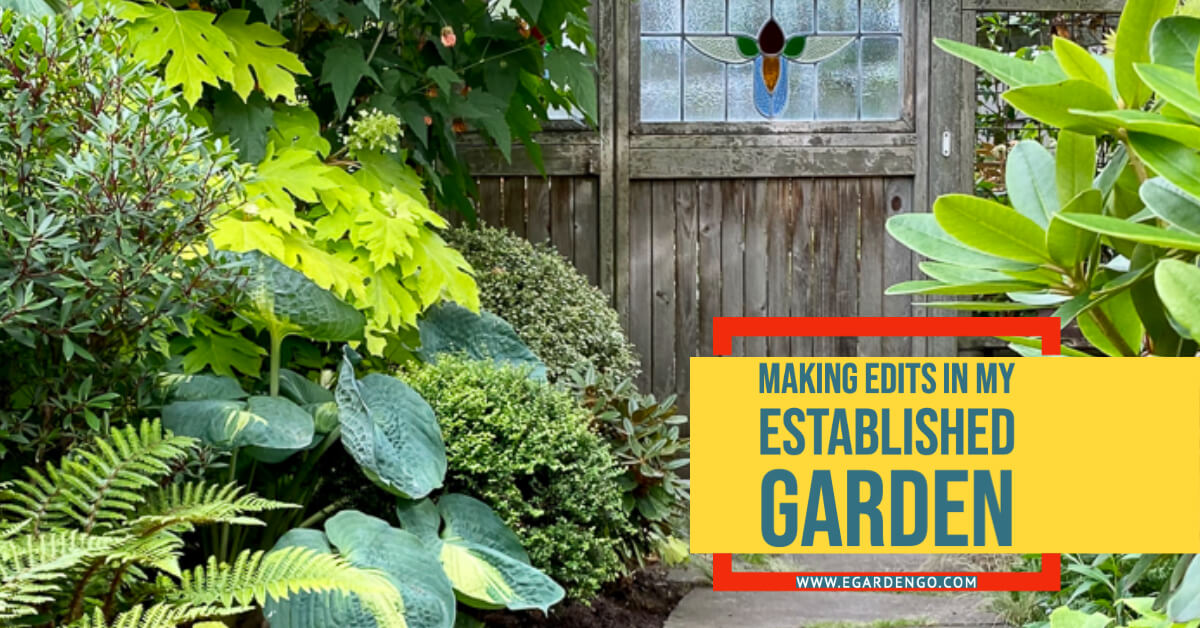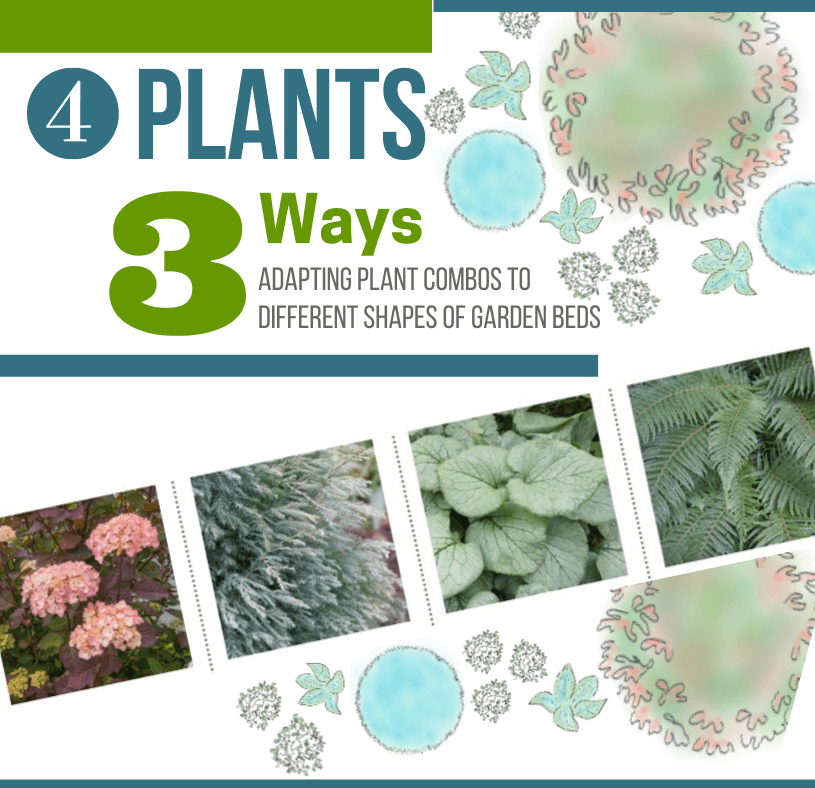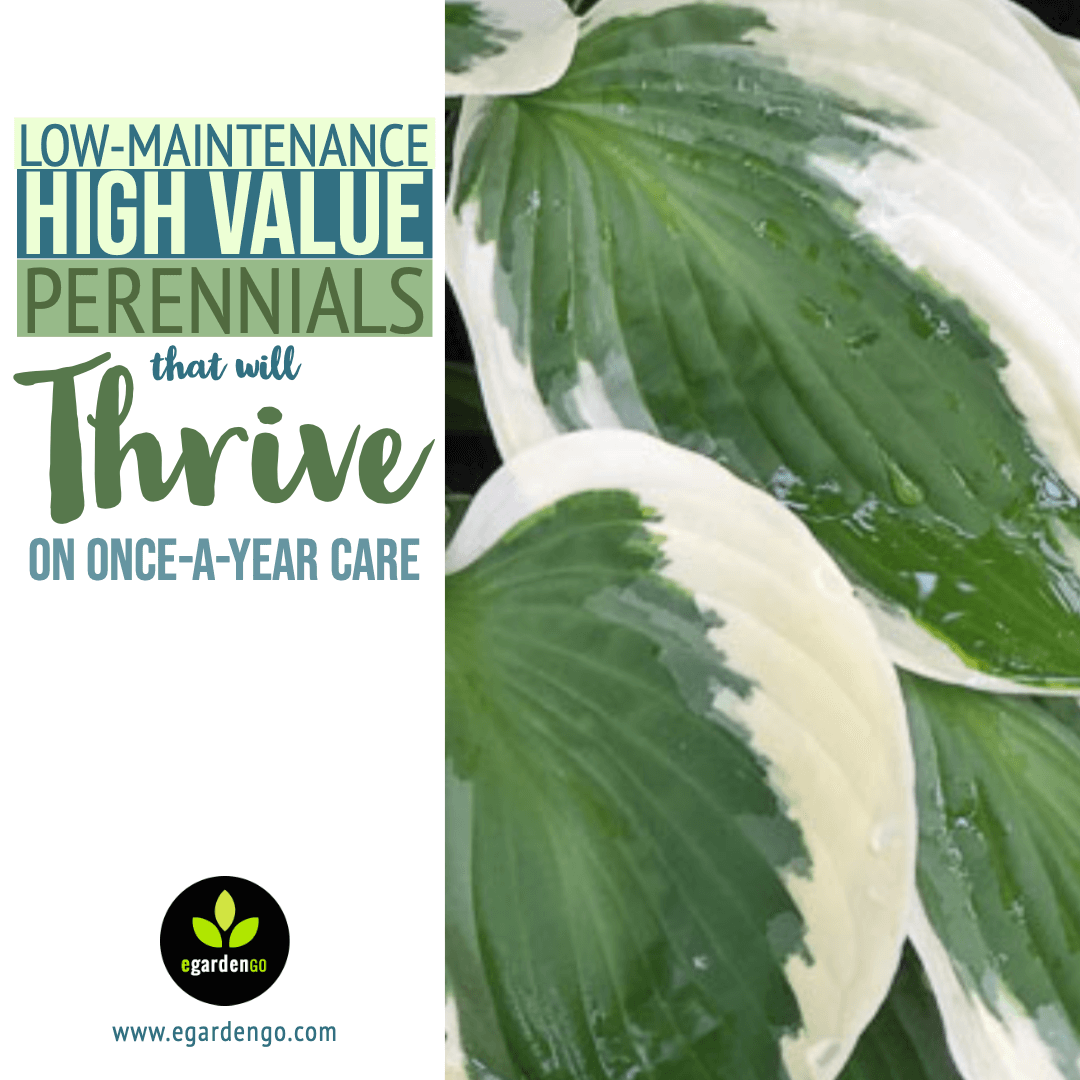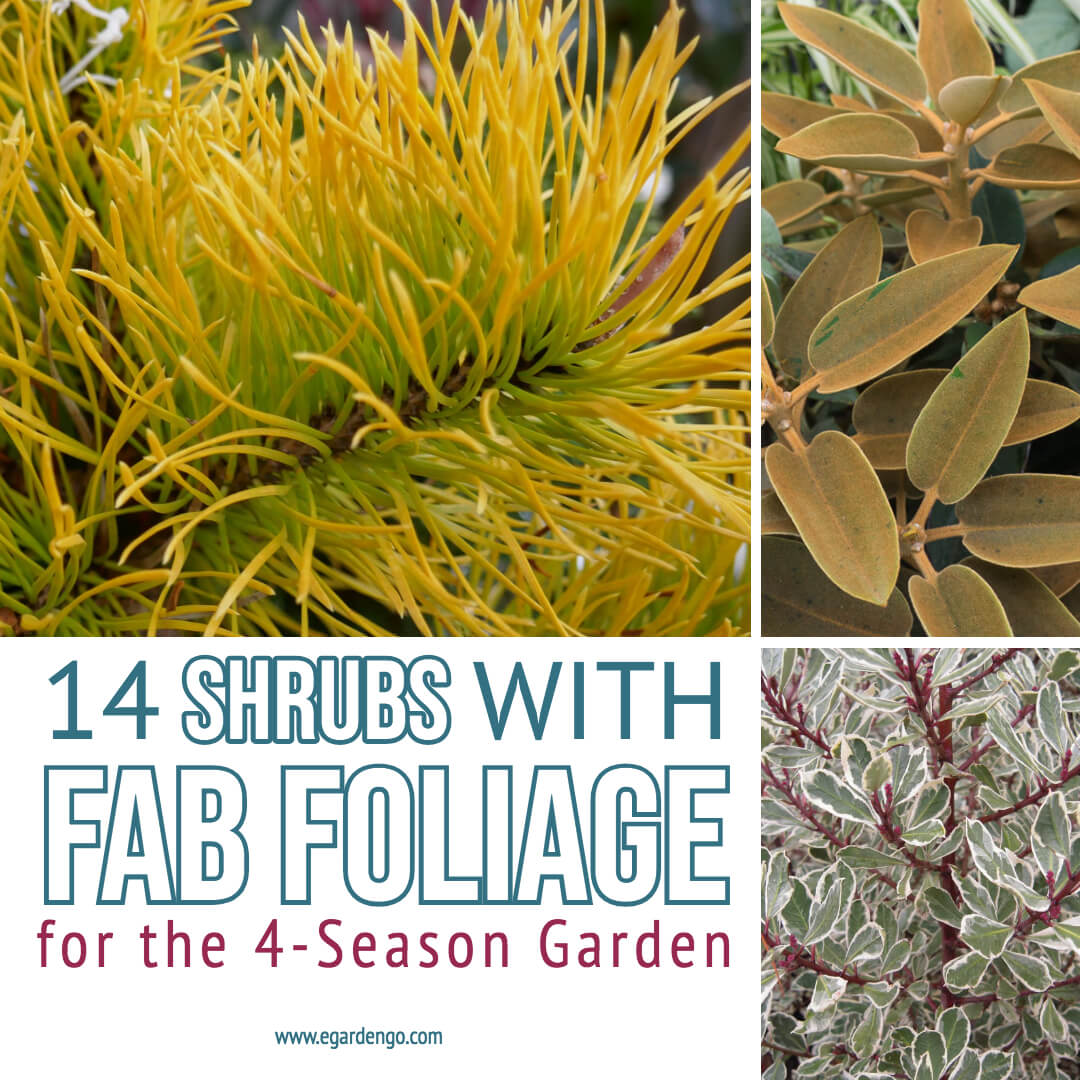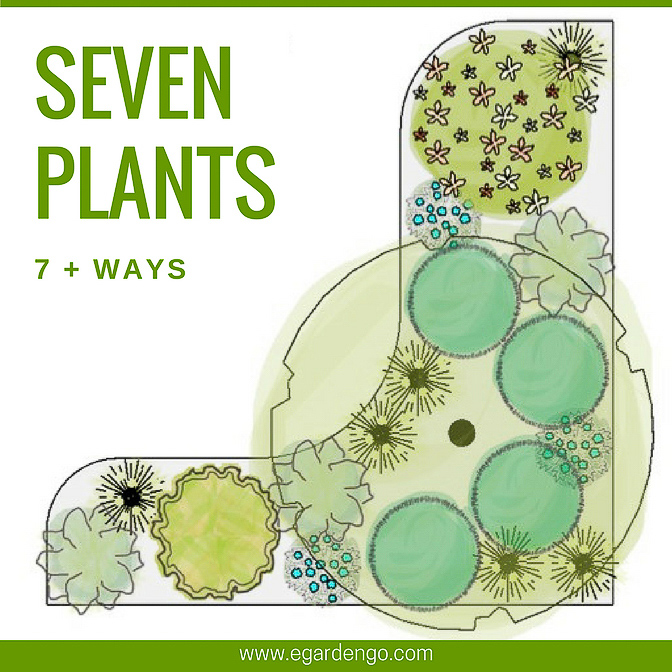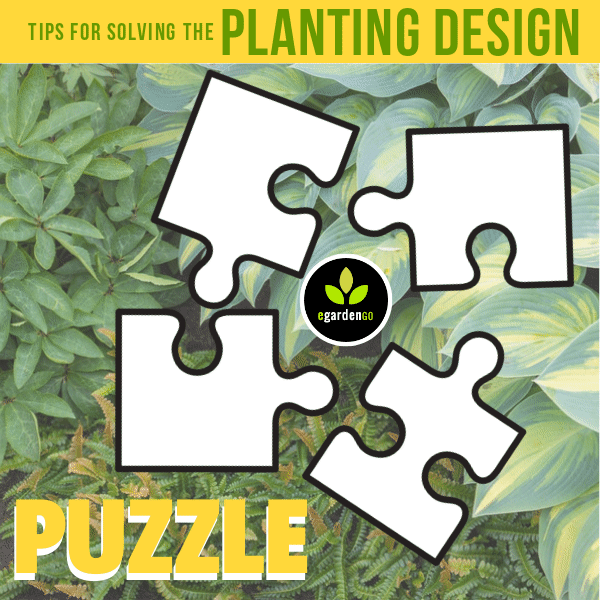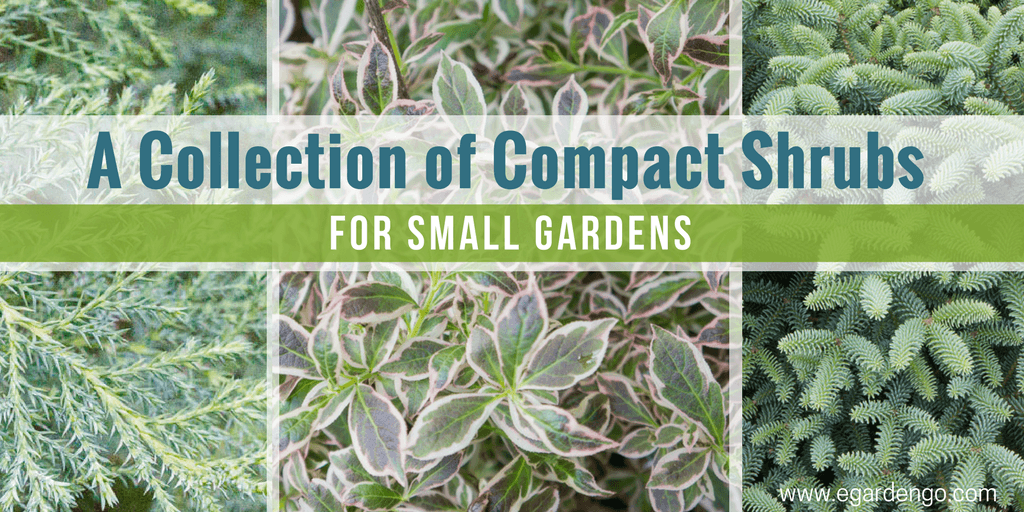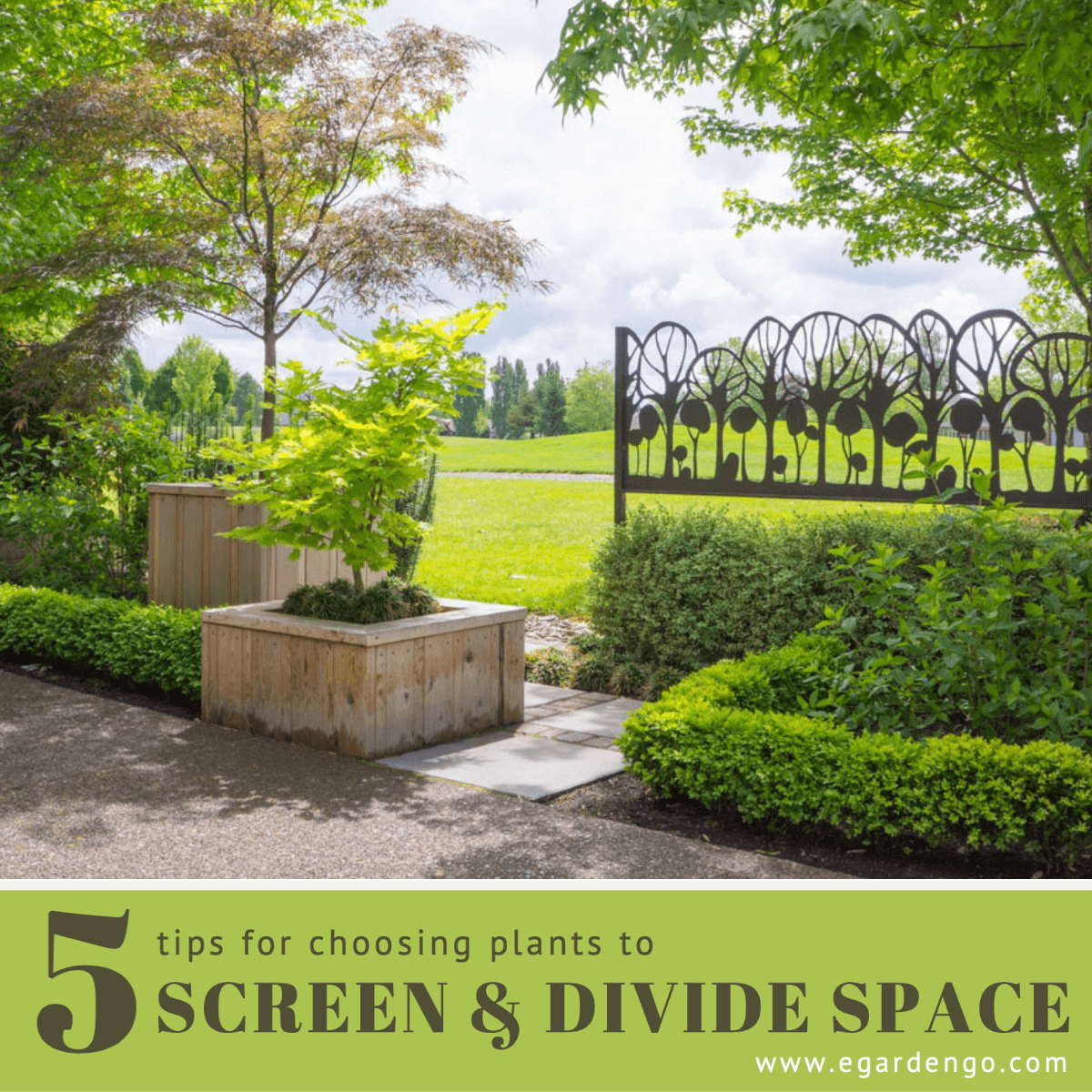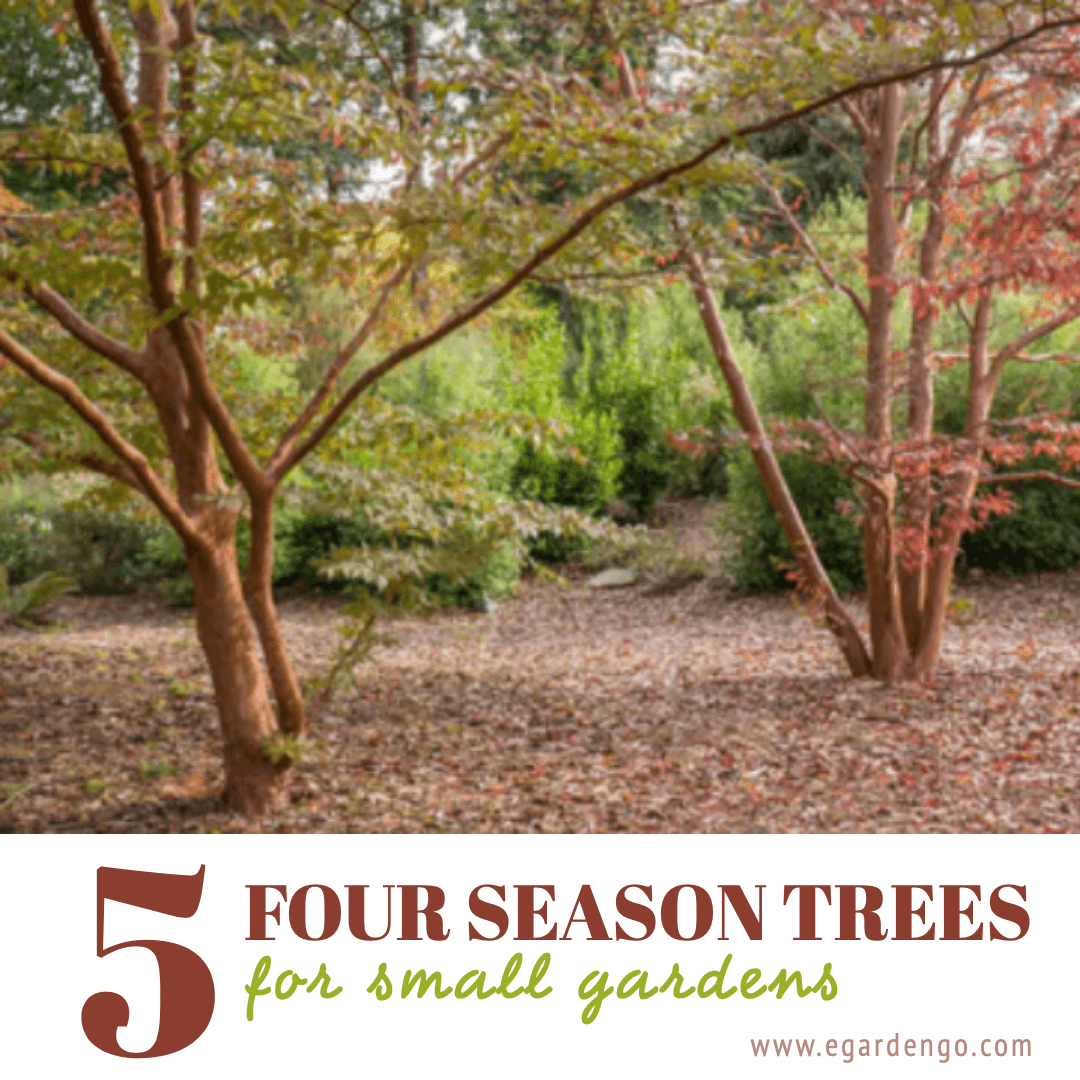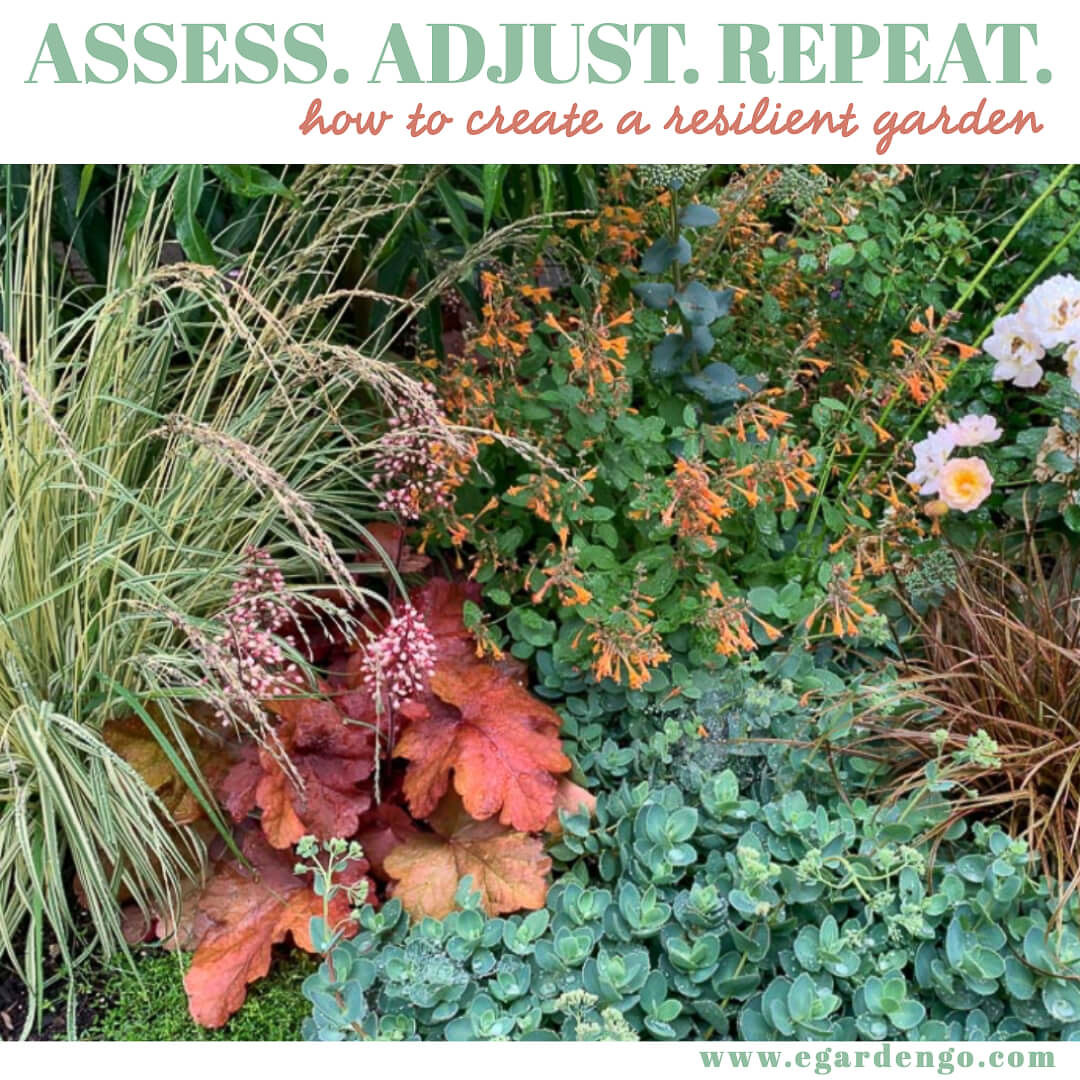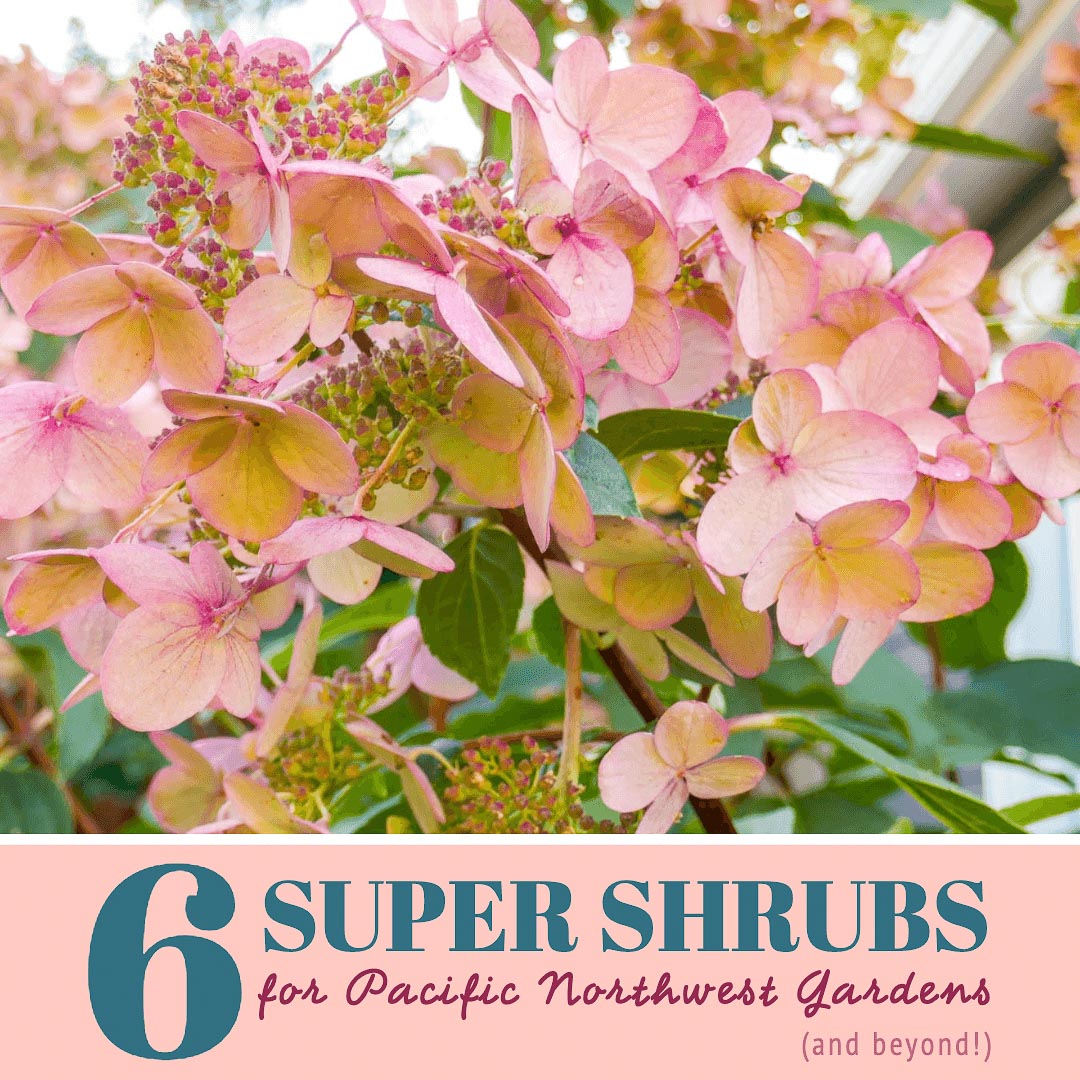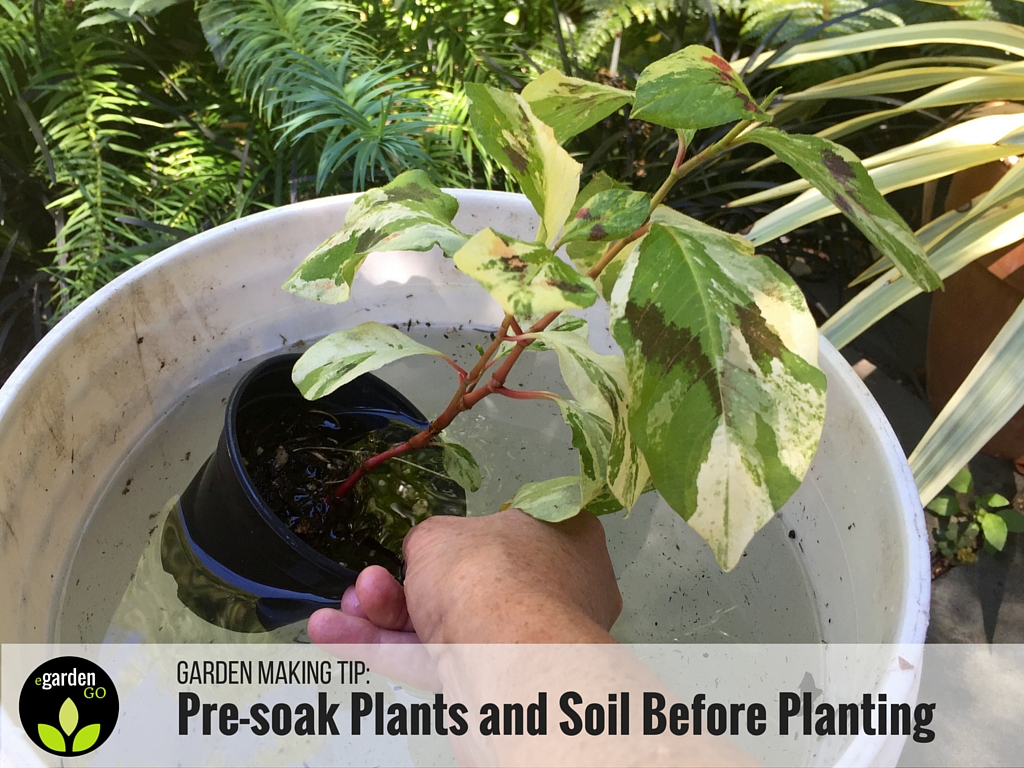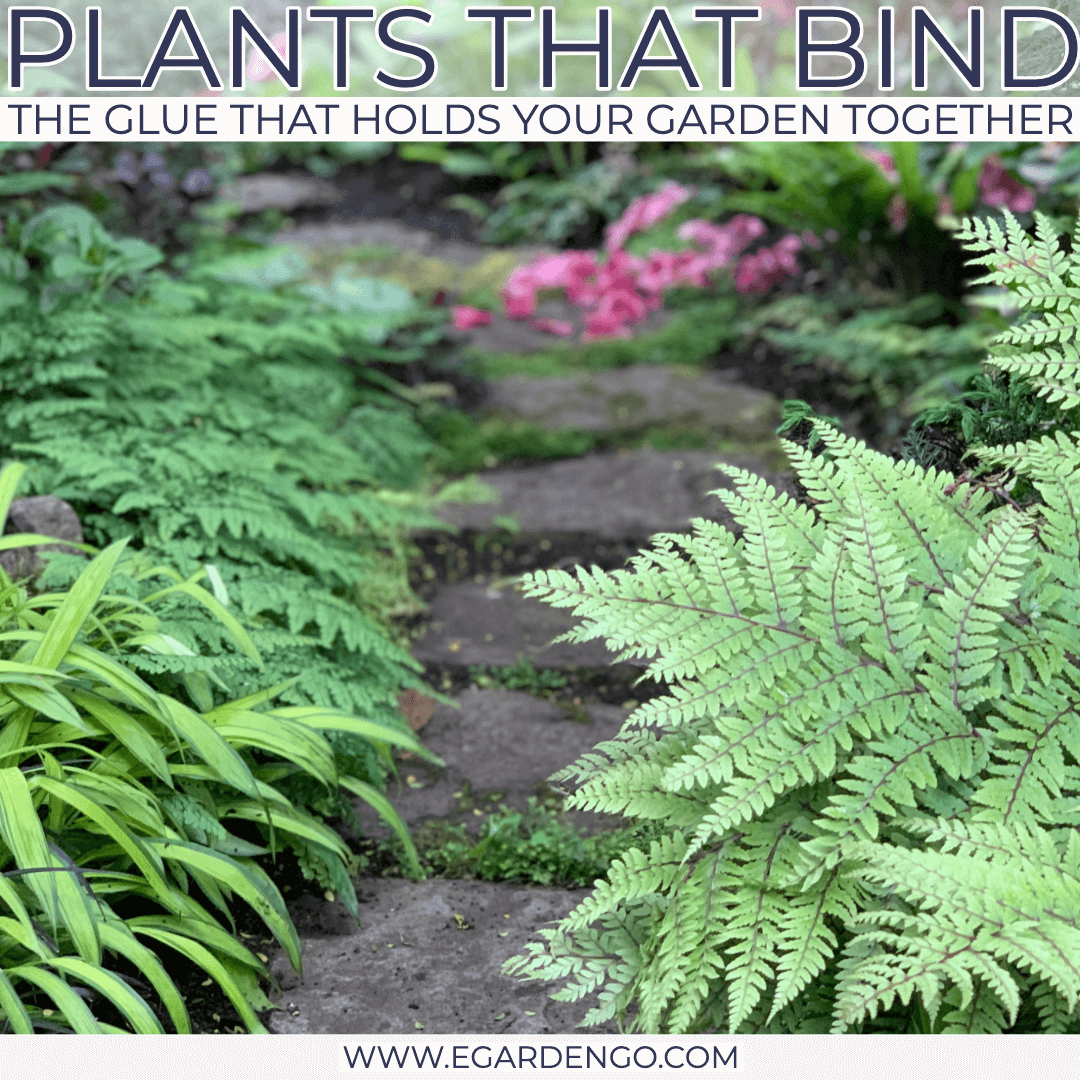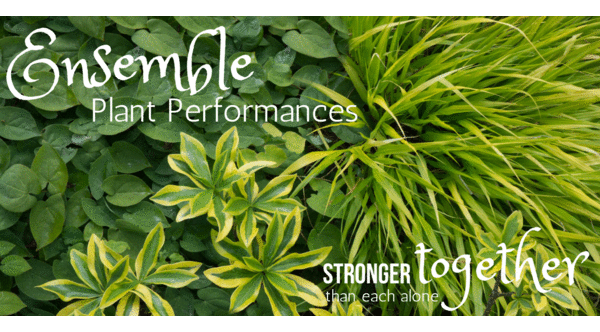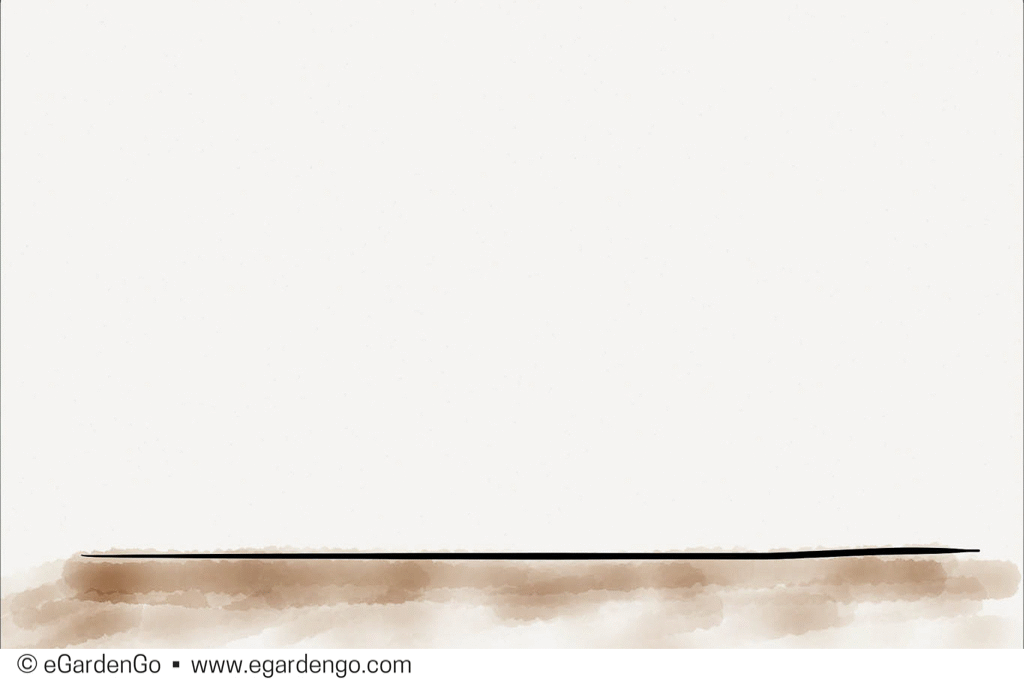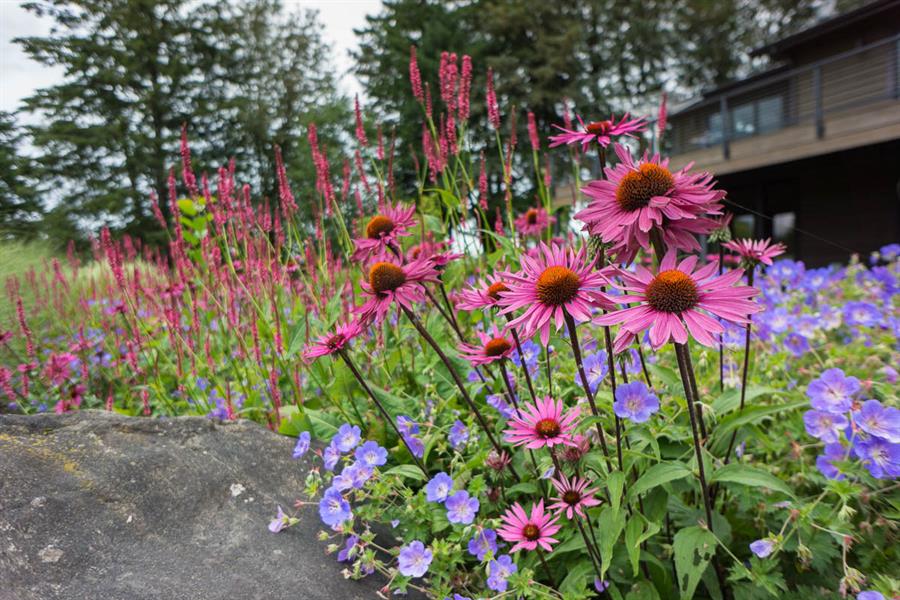Expand Your Plant Research: eGardenGo's Focused Google Search Engine
How to Use eGardenGo
Get the best plant info for your PNW garden with this focused Google search engine, created by eGardenGo.
Summer Garden Evaluation Planning Ideas and Tips
My garden is small. Because of that, I’m always on the lookout for ways to continue my ongoing experimentation with plants and planting design. The lazy days of summer are the perfect time to plan for the upcoming changes, edits, and renovations that I'll make after the weather cools. In this post, you'll find tips and ideas to consider as you're evaluating your summer garden.
Use These Early Bloomers to Add Months of Enjoyment to Your Garden
Winter fading into spring leaving your garden looking bleak? No worries! Those bare patches are a golden opportunity for adding some bulbs and/or spring ephemerals! Don't let any corner of your garden plot go to waste! Early spring is a great time to add new layers of beauty to your garden.
Shape and Texture Study for Front Entry Garden
Member Perk
Sketching to visualize plant shapes and textures.
Landscape Ideas for Front Yard Gardens with No Grass
Garden Design Tips
In this post, I'll be showing you alternatives to the traditional grassy lawn. I hope that these landscaping ideas that will open your eyes to ways you can design a grass-free front yard landscape. Of course, many of these landscaping ideas for your yard translate to backyard landscapes as well.
20+ Plants That Will Create a Strong Foliage Foundation
Garden Design Tips, Shrubs
Evergreen shrubs are the sturdy foundation upon which gardens are built. In addition to year-round structure these selections have additional merits such as fabulous foliage, decorative berries or blooms. Use the eGardenGo site to get ideas for what to plant with them.
How to Create Garden Compositions That Shine in Winter
Garden Design Tips, Winter
Let’s presume that you’ve selected a plant that puts on a show in winter to add to your garden. Now what? How do you go about rounding out the scene and creating a pleasing garden composition that holds together for rest of the year?
Best Container Plants for Colorful Winter Display
Garden Design Tips, Winter, Winter, Container Gardening
These are some of the best container plants for creating an eye-catching and spirit-lifting winter container garden to brighten your spirits on dark days.
Creating an eye-catching and spirit-lifting winter container can be quick and easy. Taking the time to freshen the container plantings at your front entry will reward you all winter long and brighten your spirits every time you come home. This post is full winter planter ideas to help you get started.
Savor the Relaxed Beauty of a Graceful Demise
Fall, Ornamental Grasses, Perennials, Winter, Care, Culture & Maintenance
In this post we're going to single out plants that have merit based on their dead and dying foliage—plants I value for their graceful demise.
Magnolia grandiflora 'TMGH' Alta
Member Perk, Members Only, Trees
This content is for subscribing members only. To learn more about membership, go here.
Practical Tips for Adding Spring Bulbs to Your Northwest Garden
Fall, Garden Design Tips
Tips for designing great planting combinations for your garden that include spring-blooming bulbs.
Garden Design Tweaks to Tackle this Fall
Fall, Care, Culture & Maintenance, Garden Design Tips
Landscape design ideas for Pacific Northwest gardeners to tackle in fall. Autumn is the perfect time of year to reflect and make plans for future garden design projects.
Gorgeous Grasses for Pacific Northwest Gardens
Fall, Perennials, Ornamental Grasses
These ornamental grasses extend the season in Pacific Northwest Gardens. They are especially effective in late summer and fall gardens.
20+ Fall Blooming Perennials That Ensure a Fantastic Season Finale
Fall, Perennials
These fall-blooming perennials finish the season with a flourish—with style and beautiful color. eGardenGo is full of plant combination ideas that use them.
3 Good Reasons to Use a Limited Planting Palette
Garden Design Tips
A restricted planting palette is an effective garden design strategy. Here are 3 reasons to consider limiting yourself like this when creating your garden.
Making a Case for the Common Plant
Garden Design Tips, Perennials
The best garden plants for your Portland garden can be common, everyday plants. Common plants are typically common because they are easy to grow and easy to use successfully.
Garden Design Deliberations for the Dog Days of Summer
Garden Design Tips, My Garden
This time of year I’m inclined to be less about “doing” in the garden and more about “being” in the garden. Over the years, I’ve grown increasingly willing to make edits to my garden. This year in particular I am eyeing plants that have been poor performers in the high heat.
A Review and Recap of a Plant Combo from my Garden
Members Only, Perennials, Member Perk, My Garden
This content is for subscribing members only. To learn more about membership, go here.
Osteospermum Purple Mountain® Sun Daisy
Members Only, Perennials, Member Perk
This content is for subscribing members only. To learn more about membership, go here.
Plant Selection Funnel: A Method for Choosing Plants
Garden Design Tips
Successful planting design focuses combining plants based shape, foliage color and and texture while ensuring that selected plant also want the same growing conditions.
5 Traits the Best Plant Combinations Have In Common
Garden Design Tips
The secret to creating successful plant combinations in your garden borders lies in paying attention to these five traits.
Deer-Resistant, Sun-Loving Perennials for Pollinators
Perennials
These deer-resistant flowering perennial plants for full sun attract pollinators such as bees, butterflies, hummingbirds, and beneficial insects.
The Goodness Ratio: How to Choose the Best Plants for a Small Garden
Garden Design Tips
When selecting plants for small garden design, it pays to be demanding. Plants that occupy a large area need to deliver more than a small plant occupying in small spot in the garden. I call this the "Goodness Ratio."
How to Get Access to Members-Only Posts
Members Only
Join now to get access to expanded content for subscribing members only. To learn more about membership, go here.
How to Design a Show-stopping Container Garden
Garden Design Tips, Container Gardening
In this post I provide tips on how to design a container garden. Whether it's an exuberantly overstuffed single pot or a grouping of multiple pots, designing successful container plantings is about balance. Enough repetition to create a harmonious whole, tempered by enough drama to excite without resulting in chaos.
Member Welcome Message
Member Perk, Members Only
This content is for subscribing members only. To learn more about membership, go here.
Designing Successful Plant Combinations is a Balancing Act
Garden Design Tips
Strongly contrasting foliage color creates energetic, invigorating plant combinations while the use of a limited color palette tends to yield a more quiet and restful garden vibe. Get planting combination ideas to add verve and jazz to your garden beds or soothe your soul with a restful scene. What are you in the mood for today?
Learn About the Portland Botanical Gardens
Events
Kate Bodin and Sean Hogan, representing the Portland Botanical Gardens, will be my guests on January 19, 2021.
An Ode to Botanical Gardens
For garden-lovers, one of the pleasures of traveling to a new place is looking for botanical gardens to explore. Gardens like these allow me to sample the flavors of a new region and can really offer that "you're-not-in-Kansas-anymore" sensation.
Use Evergreen Plants with Yellow Foliage to Bring Light to Gray Days
Garden Design Tips, Shrubs, Winter
When designing your landscape, selecting shrubs with evergreen, yellow foliage will brighten gray winter days.
Talking Gardens with Laura Crockett, Garden Diva
Events
REGISTRATION NOW OPEN! Join me and my guest, Laura Crockett of Garden Diva Designs on January 13, 2021 at noon for some good garden talk.
Late Show: Plants that Look Good as Fall Fades Into Winter
Fall, Winter
These plants continue to look good in fall and contribute to the landscape into winter. Flowers; fall color; showy bark, stem or berry—these traits catch the eye.
How to Choose the Best Plant When You Need to Make a Sub
Garden Design Tips, How to Use eGardenGo
A common theme in the tips that I share about making plant combinations and specifically, using eGardenGo as a landscape design tool, is encouragement to remain flexible. It's key in adapting the plant combo you find on eGardenGo to your actual, real-life, in-the-ground garden at home.
Fall Color in My Front Yard Garden in Portland
Trees, My Garden, Fall, Shrubs
My front yard garden has been making me happy for months on end, but it's tapping into a special part of my heart at the moment. Click through to watch the video. You'll find links to the plants that I mention in the video tour.
Fall Flowers in My Northwest Garden
My Garden, Fall, Perennials
I talk a lot about the importance of attractive and colorful foliage, contrasting textures, and creating compositions using a variety of plant shapes when choosing plants for my garden. But I'm a flower floozy too. I'm especially fond of long bloomers, late bloomers, and annuals go for the burn, sprinting all the way to the finish line.
Tips for Adapting Plant Combos to Different Regions
How to Use eGardenGo
Although the content on eGardenGo is Northwest-centric, the design principals are universal, and can be applied anywhere.
An Update on my Pruning Experiment from February
My Garden, Garden Design Tips, Care, Culture & Maintenance
Gardens are process and they evolve over time—growing with us, as we grow as gardeners. I often get questions from site users and followers about how I maintain and care for my Portland, Oregon garden. I've been making videos that share my design process as I evaluate, edit, and pursue the ongoing refinement of my garden.
Plants with Big Leaves Make a Bold Statement
Garden Design Tips, Shrubs, Perennials
For most of us, COVID-19 has us sticking close to home for the summer. If you'd like to up the vacation vibe of your backyard, use plants with big leaves in your garden to lend a touch of the exotic to your backyard retreat.
Garden-making Tips for Proper Plant Spacing
My Garden, Garden Design Tips, Care, Culture & Maintenance
How far apart should I plant my plants? Many a gardener has discovered through trial and error that getting the spacing between plants right—the first time—can be a challenge. These tips will help.
Making Edits to Established Garden Beds
My Garden, Garden Design Tips, Care, Culture & Maintenance
In this video post I talk you through my thinking as I make edits to my existing garden beds. I hope this ideas will help you gain confidence as you think about renovating your own flower beds.
How to Use Simple Sketches to Plan Your Garden
Garden Design Tips
Even though my drawings eventually get translated to a digital medium once I recreate them on my iPad, but there’s something about actual, physical pencil-to-paper that's still the fastest and most freeing for me. I’ve created a series of short videos that capture this sketching technique in real time—warts and all!
Four Plants, Three Ways: Adapting Plant Combos to Different Garden Layouts
Garden Design Tips
In this post, I demonstrate how to lay out three different gardens, using the same four plants to fit three differently-shaped but quite typical garden beds:
How to Adapt Plant Combinations to Different Growing Conditions
Garden Design Tips
In this video, I create two versions of the same landscape using plants for sun in one and plants for shade in the other. The gardens are designed with shape, form, texture and color top of mind.
Perennials For Pollinators - A Gallery of Gorgeous Images
Perennials
A gallery of gorgeous perennials that will attract pollinators to your garden.
How to Choose the Best Plants for Your Private Eden
Garden Design Tips
Carefully selected plants are the secret to creating a memorable garden. These tips will help you choose plants like a professional landscape designer.
15 Low-Maintenance Perennials that Thrive on Once-a-Year Care
Care, Culture & Maintenance, Perennials
These low-maintenance perennials will thrive on a once-a-year maintenance task. The secret is in knowing what to do, when to do it, and what clues to look for.
These Shrubs with Wonderful Foliage Look Great Year-Round
Shrubs
When selecting evergreen shrubs for my garden I’m always on the lookout for plants that are attractive for multiple seasons, preferably year-round.
Combine 7 Plants in 7+ Ways to Create a Beautiful Garden
Garden Design Tips, How to Use eGardenGo
In this post, I show seven plants arranged in more than seven different plant combination layouts that are suited to a variety of garden situations.
How to Puzzle Out Planting Design Like a Pro
Garden Design Tips
When it comes to garden design and plant selection, there's a huge number of enticing and beautiful plants to choose from, and that can make it hard to decide where to start. Narrowing the selection from the many choices can be a challenge. I hope this framework for thinking about it will help.
A Collection of Compact Shrubs for Small Gardens
Shrubs
Small lots, big houses—whatever the reason, outdoor space is often at a premium in the typical urban plot. These slow growing, compact shrubs are the perfect low-maintenance, easy-care solution.
5 Tips for Choosing the Best Plants to Screen and Divide Space
Garden Design Tips, Shrubs
These tips will help DIY homeowners choose the best plants for creating a privacy screen, screen an unsightly view, or divide outdoor spaces.
5 Four-Season Trees for Small Gardens
Trees
5 four-season trees that earn their keep, even when selecting plants for a small garden.
Assess. Adjust. Repeat. How to Create a Resilient Garden
My Garden, Garden Design Tips, Care, Culture & Maintenance
Being away from your garden for an extended period of time provides an opportunity to see your garden with fresh eyes upon your return—to really see how it holds up to a stint of benign neglect. In a word, how resilient it is. You can then draw upon these observations as you decide what to do next in your garden.
Six Super Shrubs That I'm Growing in my Small PNW Garden
My Garden, Garden Design Tips, Shrubs
In this video Darcy Daniels, garden designer and creator of eGardenGo, introduces you to six shrubs that she's growing in her small, Pacific Northwest garden.
Garden-making Tip: Pre-Soak Plants and Soil Before Planting
Care, Culture & Maintenance
When you install new plants in your garden, make sure the plant's root ball and surrounding soil are well-saturated. This is especially important when planting in hot weather. Read on to learn why you should pre-soak your plants in order to avoid problems getting them established in your garden.
Garden Design Tip: Select Rhododendrons for Foliage
Garden Design Tips, Shrubs
Rhododendrons are evergreen shrubs best known for their spring bloom, but I’d like to extol the virtues of varieties selected for their attractive foliage.
Favorite Plant Binders—Use These in Multiples as Garden Glue
Garden Design Tips
Repetition is a core principal of landscape design. Repeating plants is a tried and true strategy for creating continuity and cohesion in landscape design. These are some of my go-to plants for creating rhythm and repetition.
Flowers and More: Enjoy 3 Beautiful Seasons from these Shrubs
Garden Design Tips, Shrubs
I love flowers as much as the next gardener, but I’m a greedy gardener and I want more! So I try to select spring-blooming shrubs that will provide enjoyment for multiple seasons.
Ensemble Plant Performances — Stronger Together
Garden Design Tips
Even a common, ubiquitous plant can be elevated by its association with a complementary partner — just like two musicians, each player adds perfectly-timed contributions of foliage, flower, fragrance, or other pleasing attribute, and the song is made.
My Favorite Small Trees with Great Bark For Winter Interest
Trees, Winter
My favorite trees with beautiful winter bark for small gardens: Acer circinatum 'Pacific Fire' (vine maple), Acer griseum (paperbark maple), Arctostaphylos ' Austin Griffith' (manzanita), Betula nigra 'Little King (Fox Valley dwarf river birch), Lagerstroemia x 'Zuni' (crape myrtle), and Stewartia monadelpha (tall stewartia).
How to Select Dwarf Conifers for a Small Garden
Shrubs
Darcy Daniels, garden designer with Bloomtown Gardens creator of eGardenGo.com gives advice on how to select slow-growing, dwarf conifers for small gardens. Visit eGardenGo for ideas and inspiration to help you select plants for your garden.
Plant Combo Recipe Focusing on Plant Shape and Foliage Color
Garden Design Tips, How to Use eGardenGo
To create magazine-worthy planting combinations focus on plant foliage and plant form first when combining plants in your garden.
When It Comes to Growing Healthy, Happy Plants - Science Before Art
Garden Design Tips, Care, Culture & Maintenance
Unfortunately, plants that look beautiful together don't always grow together. That's why science should always be considered before art in your garden. Use the eGardenGo site to help you discover compatible and inspiring plant combinations to try in your own garden.




